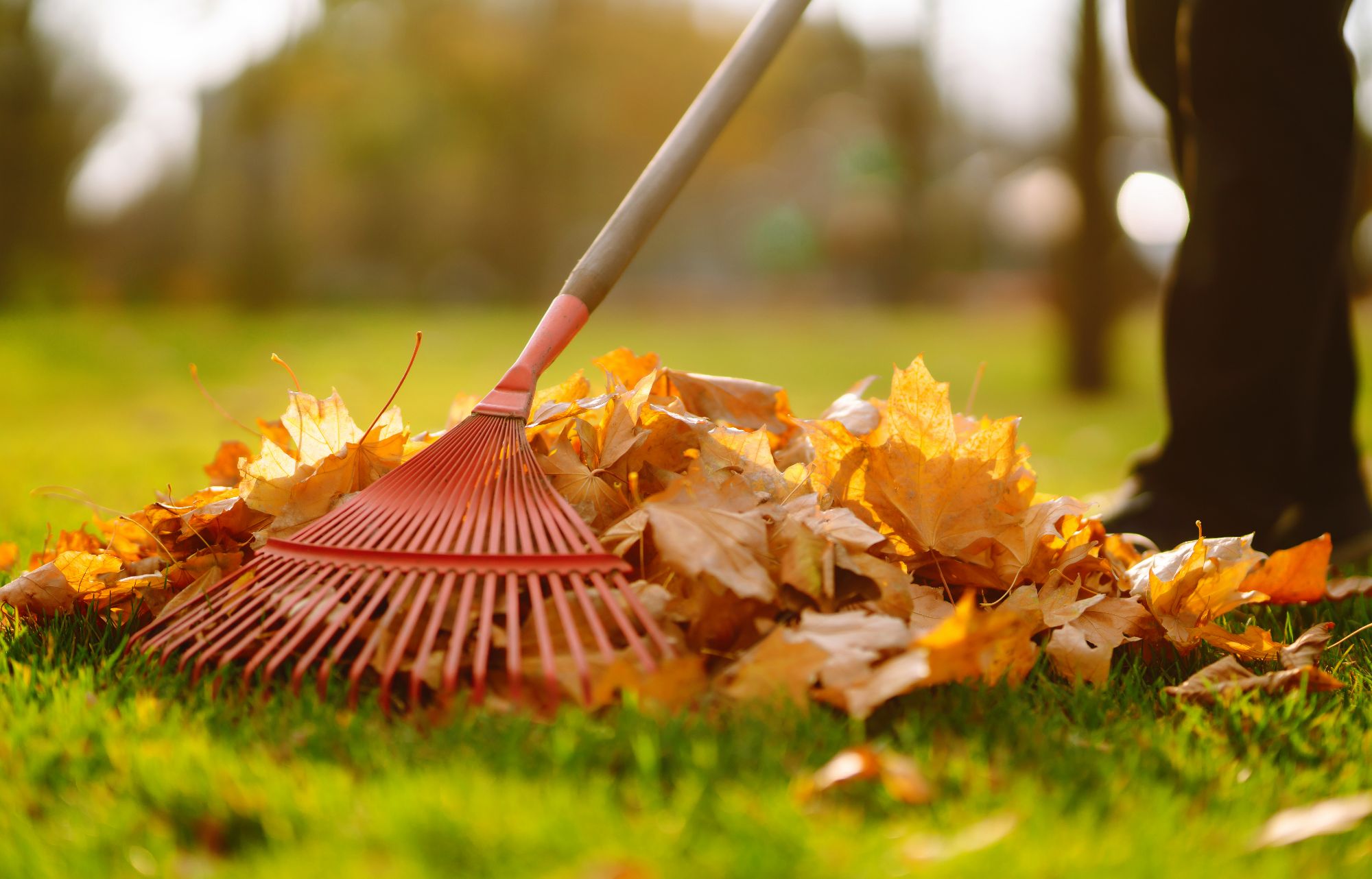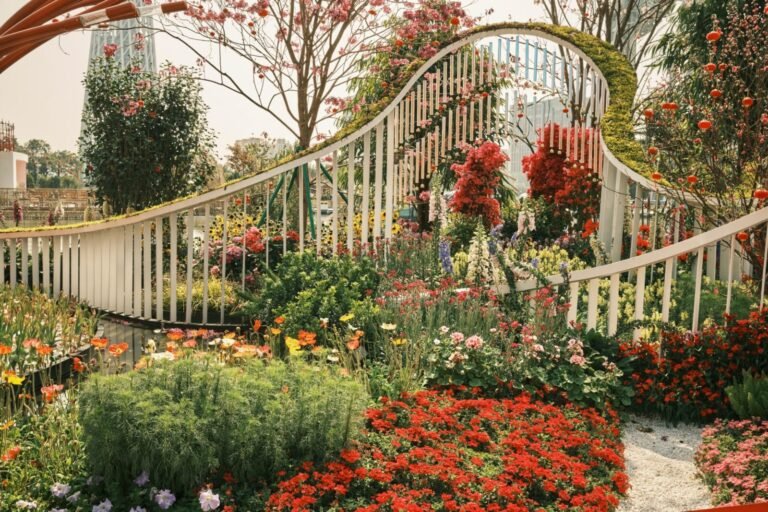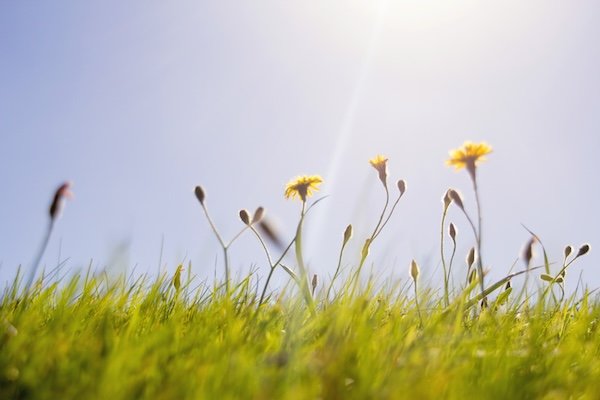Autumn has arrived with its wonderful colours and, even though we are approaching the coldest season, October with its clear days. It’s a great time to do some major gardening work that will give you an advantage for the year to come. Let’s find out together how to best protect and enhance your green space!
1. Wintering of plants
2. Pruning and cleaning
3. Irrigation
4. Sowing and transplanting
5. The meadow
6. Orchard and vegetable garden
Wintering of plants
To protect those perennial plants which could be damaged by frost and wind, such as fuchsias, gardenias, oleanders or pelargoniums in some climate zones, let’s move them to a greenhouse or other protected space like a veranda; before repairing them, let’s observe them carefully to detect the possible presence of parasites or diseases to be fought with specific treatments permitted in biological control. If we don’t have the possibility to move them, we can wrap them with materials such as jute or non-woven fabric (TNT) and remember to add a layer of mulch such as straw or bark on the surface of the soil near the collar to protect the roots from the cold. If you have indoor plants such as orchids, especially Cymbidium, that you left in the garden during the summer, bring them indoors and place them in optimal conditions of exposure to sunlight, away from drafts.

Pruning and cleaning
Some perennial herbaceous plants begin to enter vegetative rest by stripping themselves of the aerial part that we can cut with a precise cut to improve the habitus and flowering during the next spring. Using a pair of shears with clean and sharp blades, we cut the stems near the collar or the upper dormant part of the plant, avoiding the removal of new shoots; where growth occurs from the base, we completely eliminate the old stems up to a few centimetres from the ground, leaving the new shoots exposed to light, while where growth develops higher up, we simply shorten the old stems.
We prune the shrubs that have finished flowering taking the opportunity to cut the enchanting inflorescences of hydrangeas to place upside down in a shady and well-ventilated space to then create elegant dry compositions. The shrubs that should shed their foliage leaving on their branches fruits or seeds that are attractive to wildlife can be pruned at the end of winter or at the beginning of spring, thus contributing to the protection of biodiversity. If you have rose plants, remove any damaged or dry branches, it is also the time to carry out the treatment against scab to have them healthier and more beautiful in spring. For hedges, let’s hurry to carry out pruning followed by organic fertilization.

Irrigation
With the arrival of the first cold weather let’s limit irrigation providing water with quantities and frequencies proportionate to the needs of the individual plant without exceeding to avoid water stagnation and prevent the development of fungal diseases with subsequent root rot. We connect the gutters to a collection tank to make the most of the autumn rain and if you have an automatic irrigation control unit, we isolate it to avoid frost damage.
Sowing and transplanting
We collect seeds from existing plants placing them in a cool, dry environment, better in an airtight container, inside labeled paper bags, and wait for the most suitable month for their sowing next year, rediscovering the charm of giving birth to a new plant!
We plant bulbs of alliums, hyacinths, irises, daffodils or tulips in the flowerbed, we sow the seeds of herbaceous plants that flower in spring and summer such as lupins or poppies. If instead we want to preserve bulbs, tubers or rhizomes during the autumn-winter period to use them the following year, let’s remember to clean them and place them in a well-ventilated environment. We can divide some summer-flowering herbaceous perennials to obtain both healthy and vigorous plants and the opportunity to multiply them, in this regard we also have the possibility of making rose, hydrangea or rosemary cuttings to place in a protected environment if you live in areas with harsh winters.
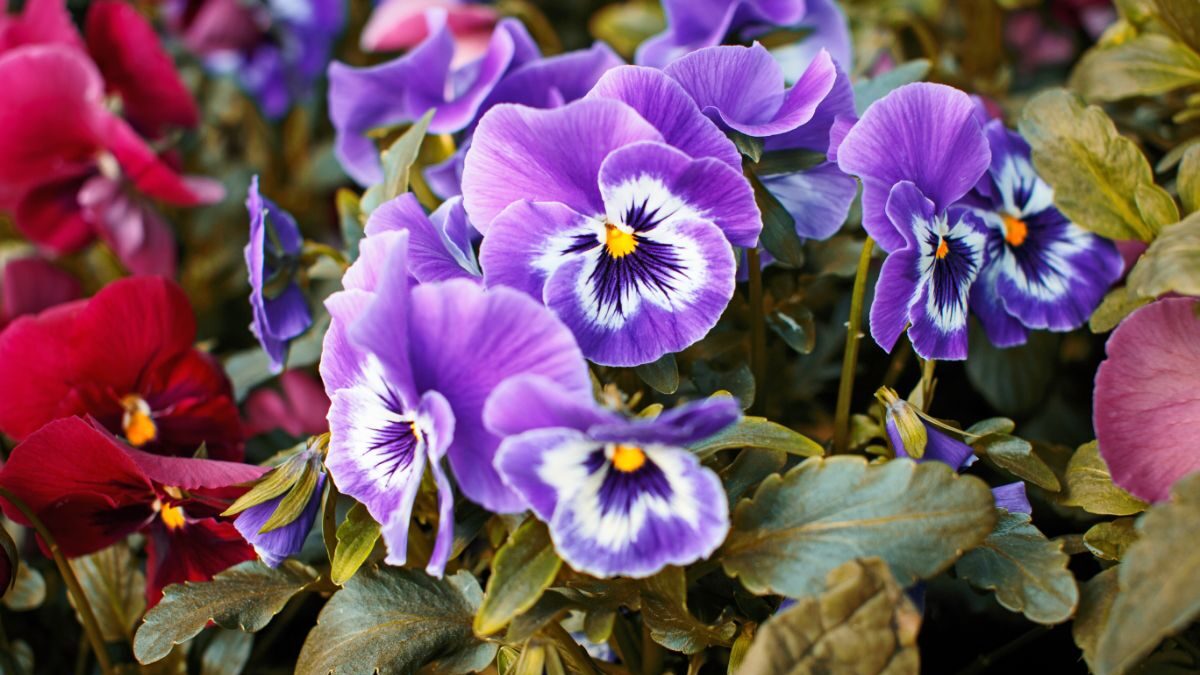
We plant new trees, hedges, shrubs, rose bushes, small fruits before the winter rest to promote their correct root development thus obtaining a better vegetative development and a luxuriant flowering. We can give a unique and elegant color accent by planting, before the arrival of the intense cold, annual or perennial herbaceous plants with autumn or winter flowering such as snapdragons, cyclamens, heathers, carnations, lilies, rudbeckias and pansies or create beds of grasses. For transplants, remember to properly prepare the soil by lightly digging, removing any residues of previous summer seasonal plants as well as bulky pebbles. We also create a raised bed by ridge formation to promote proper drainage and carry out basic fertilization.
The meadow
October is also the ideal month to perform one of the final cuts to your lawn before the winter cold, paying attention to the cutting height, neither too short to limit photosynthesis nor too long to prevent the development of fungal diseases. We regularly clear the lawn of leaves falls with rakes or blowers, the latter now also available on the market in the convenient battery-powered version, to promote proper air circulation, preventing excess humidity that could lead to the development of diseases. Let’s remember to reuse the collected leaves to create compost, an excellent soil improver to add to the soil to improve its fertility, structure and water retention capacity, but be careful not to put in the pile of leaves even those that show signs of disease which instead should be eliminated.

We dedicate time to our lawn through a correct fertilization and preventive treatments against diseases as well as removing any felt, we also manually uproot the last weeds by removing their entire root system. If you are thinking of reseeding or laying new turf, now is the time to do it because the soil is generally moist and temperatures are still mild without the need for repeated watering.
Orchard and vegetable garden
If you have a space in your garden used as an orchard and vegetable garden, let’s remember that October is the month to finish the apple and pear harvest before they start to fall off and rot, leaving some to feed your little avian guests! We collect the first pumpkins and if we are lucky pomegranates, chestnuts, hazelnuts. We transplant chard, cabbage, turnip tops and fennel or We sow garlic, carrots, onions, broad beans, lettuce, radicchio and shallots. It is also the time for transplanting new fruit trees, choosing between ancient varieties or those with fruits with particular organoleptic qualities.
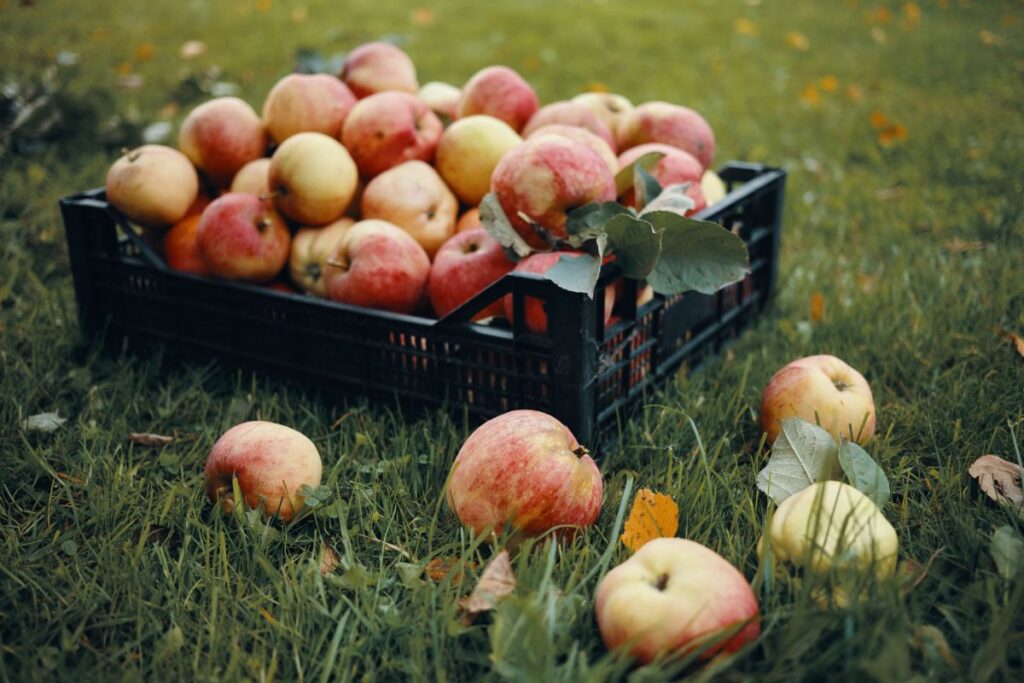
There are many jobs but if done well they will give excellent results and satisfaction.
Come on, your garden awaits you!

